
Image by Rich Jones (flickr.com)
What defines a city as green? Is it environmentally friendly, taking care of its plants, or providing the best facilities for its residents? Here we discuss a number of European cities that claim to be the “greenest”.
lisbon
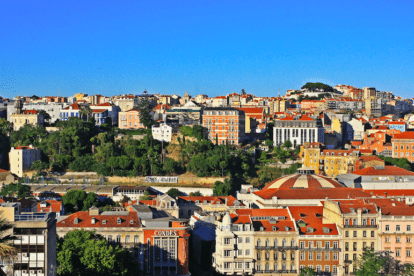
Image by Bongoman (flickr.com)
Lisbon has been named “Europe’s Green Capital 2020” by the European Commission. Lisbon launched a bike-sharing scheme in 2017, with electric bikes accounting for two-thirds of the fleet and encouraging cycling in the city’s hilly areas. We are also committed to promoting alternative fuel vehicles and boast the world’s largest electric vehicle charging point network with 516 electric vehicle charging points across the city. Lisbon strives to protect and enhance its natural areas, while providing its citizens with quality outdoor recreational spaces. The city involves a wide range of stakeholders, including citizens, businesses, universities, and international partners, in its urban innovation policies and programs.
ljubljana
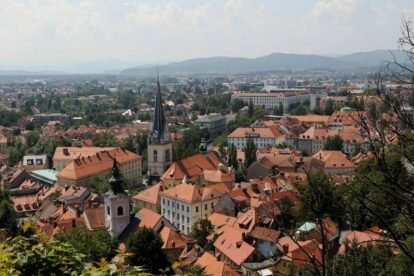
Image by Lorenzo Magnis (flickr.com)
Ljubljana, winner of European Green Capital in 2016, won for its transport transformation with a focus on public transport and cycling paths. Three quarters of Ljubljana is green, filled with adjacent aquatic, forest and agricultural areas. A total of 1,400 hectares were also declared as CO2 sink forests.
London
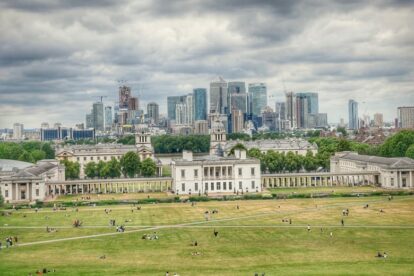
Image by Keiththfc (flickr.com)
London may not be the first city that comes to mind when you think of green cities, mainly due to the city’s smog, but according to Cities Digest, it’s one of the greenest cities around. It is evaluated that there is. This is mainly due to the fact that they have begun to take quite drastic measures to combat pollution. The government has decided to start fighting pollution and plans to become carbon-free within the next 10 years. London is full of green spaces, including parks, nature reserves and wildlife habitats. The government is actively investing in renewable energy resources, and you can already see many hybrid buses on the streets.
copenhagen
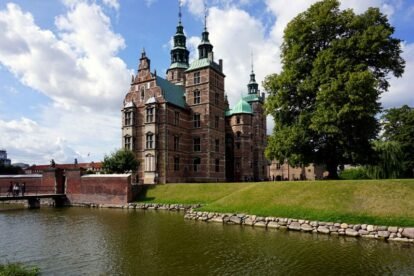
Image by barnyz (flickr.com)
With over 450 kilometers of cycle lanes, Copenhagen was awarded European Green Capital in 2014. His goal for Copenhagen is to reach carbon neutrality by 2025, which is one of the reasons he’s pushing bike lanes in earnest. The goal is to have 50% of people using bicycles by 2015, and currently around 45% of people commute to work or school by bicycle.

vienna
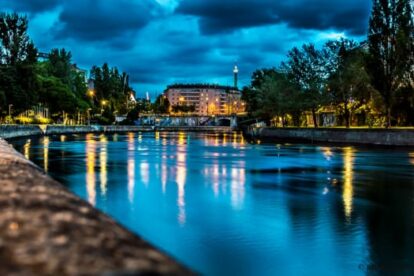
Image by Niksha Jpotho (flickr.com)
Vienna is well known for its commitment to water use. According to the European Green City Index, Vienna ranks second thanks to its water treatment policies and efficiency. Water is collected from mountain springs by taking advantage of the difference in elevation between the mountain and the city, and the gravitational energy is used to purify electricity.
Oslo
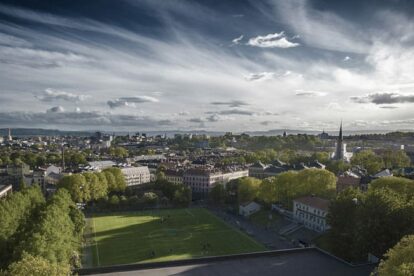
Image by Bent Inge Ask (flickr.com)
Oslo recognized as the first city to save on CO2 emissions
The citizens of Oslo consume a lot of energy, but they use fossil fuels very efficiently. Oslo has also done a great job of using alternative and renewable energy as a fuel source for public transportation. Two-thirds of Oslo is a protected area and contributes greatly to nature conservation. These factors made Oslo the “greenest” city in her 2019 European Green City Index.
helsinki

Image by Giuseppe Miro (flickr.com)
Helsinki is known for its excellent recycling processes. This does not reduce pollution, but helps meet the city’s energy needs in a more environmentally friendly way. Second, many Helsinki residents choose to cycle or walk, further reducing pollution.
Amsterdam
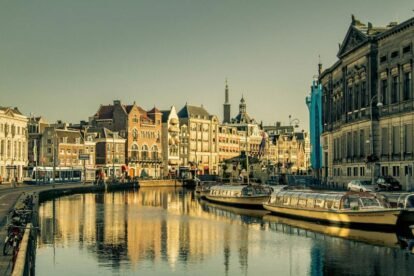
Image by ArSalles (flickr.com)
Amsterdam ranks as one of the best cities in terms of water, transport, waste and land use in the European Green City Index. With a huge number of pedestrian zones and cycleways, walking or cycling is the largest mode of transport in the city at 38%, followed by public transport at 24%, including Includes buses, trams, canal boats and local trains. 43% of the waste is recycled and used as fuel for the city’s bus network. In addition, there are more electric cars on the streets of Amsterdam, with more than 300 electric car charging stations installed. Amsterdam lives up to its name with water, but its annual water consumption per inhabitant is only 53 cubic meters, while the average water consumption is 105 cubic meters.
Berlin

Image by 6nine8 (flickr.com)
Berlin is one of Europe’s greenest cities, with more parks, gardens, and woodlands than any other European city. It’s literally green. Local residents can enjoy more than 2,500 green spaces, all of which are part of the city’s natural habitat and wildlife habitat. The vast parklands of Tiergarten can be traced back to his 1527 AD, and were built by the Prussian king, first as a hunting playground and then as a glorious display of the Baroque era. By the end of World War II, Berlin’s largest man-made park had been converted into a community garden and agricultural area, and also served as a source of firewood. There are far fewer cars on the roads than in many other cities, and we have an excellent public transport system. In addition, people’s recycling is encouraged by a refund system where a consumer can get back his 0.25 euros for every plastic bottle recycled.
bern
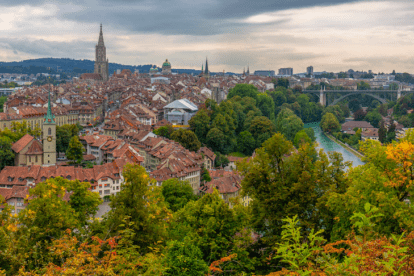
Image by Gerhard Kiesl (flickr.com)
Switzerland is generally known for its high quality of life, and the capital Bern is no exception. In fact, the city was in the top position when it comes to quality of life, according to Teleport. This means that it is characterized by a very safe living environment, has a high reputation for the quality of healthcare and the environment, and is a good place to live. The city was also rated highly for its green space, lack of congestion, and water quality.
Which city is the greenest? You decide!


